Rising Demand for Organic Products
The Fresh Herbs Market is experiencing a notable increase in demand for organic herbs, driven by consumer preferences for healthier and more sustainable food options. According to recent data, the organic herb segment has shown a growth rate of approximately 10% annually. This trend is largely influenced by heightened awareness regarding the health benefits associated with organic produce, including reduced pesticide exposure and enhanced nutritional value. As consumers become more discerning about their food choices, the Fresh Herbs Market is likely to see a continued shift towards organic offerings, prompting producers to adapt their cultivation practices accordingly. This shift not only caters to consumer preferences but also aligns with broader agricultural trends emphasizing sustainability and environmental responsibility.
Culinary Trends and Gourmet Cooking
The Fresh Herbs Market is significantly influenced by evolving culinary trends that emphasize gourmet cooking and the use of fresh ingredients. As consumers increasingly seek to replicate restaurant-quality meals at home, the demand for fresh herbs has surged. Data indicates that the culinary herb segment has expanded by approximately 15% in recent years, reflecting a growing interest in diverse cuisines and flavor profiles. This trend is further supported by the rise of cooking shows and social media platforms that promote culinary exploration. Consequently, the Fresh Herbs Market is poised to benefit from this heightened interest in gourmet cooking, as consumers are more inclined to experiment with various herbs to enhance their culinary creations.
Increased Interest in Home Gardening
The Fresh Herbs Market is witnessing a surge in interest surrounding home gardening, particularly among urban dwellers. This trend is characterized by a growing number of individuals cultivating their own herbs, driven by a desire for fresh, homegrown produce. Recent statistics suggest that home gardening has increased by over 20% in urban areas, as people seek to reconnect with nature and enhance their culinary experiences. This movement not only promotes self-sufficiency but also contributes to the overall growth of the Fresh Herbs Market, as consumers are more likely to purchase herb plants and seeds from local suppliers. The rise of home gardening reflects a broader societal shift towards sustainability and a preference for locally sourced ingredients.
E-commerce Growth and Online Retailing
The Fresh Herbs Market is experiencing a transformation due to the rapid growth of e-commerce and online retailing. As consumers increasingly turn to online platforms for their grocery needs, the demand for fresh herbs available through these channels has risen. Recent data indicates that online grocery sales have surged by approximately 30%, with fresh produce, including herbs, being a significant category. This shift towards digital shopping is reshaping the Fresh Herbs Market, as retailers adapt their strategies to meet consumer preferences for convenience and accessibility. The expansion of e-commerce not only facilitates greater market reach for producers but also enhances consumer access to a wider variety of fresh herbs, thereby driving overall market growth.
Health Benefits and Nutritional Awareness
The Fresh Herbs Market is significantly impacted by the increasing awareness of health benefits associated with various herbs. Consumers are becoming more informed about the nutritional properties of herbs, which are often rich in vitamins, antioxidants, and anti-inflammatory compounds. Research indicates that certain herbs, such as basil and parsley, can contribute to improved health outcomes, leading to a growing incorporation of these ingredients into daily diets. This heightened awareness is driving demand within the Fresh Herbs Market, as consumers actively seek out herbs that can enhance their overall well-being. As health trends continue to evolve, the market is likely to see an uptick in the popularity of herbs known for their medicinal properties.
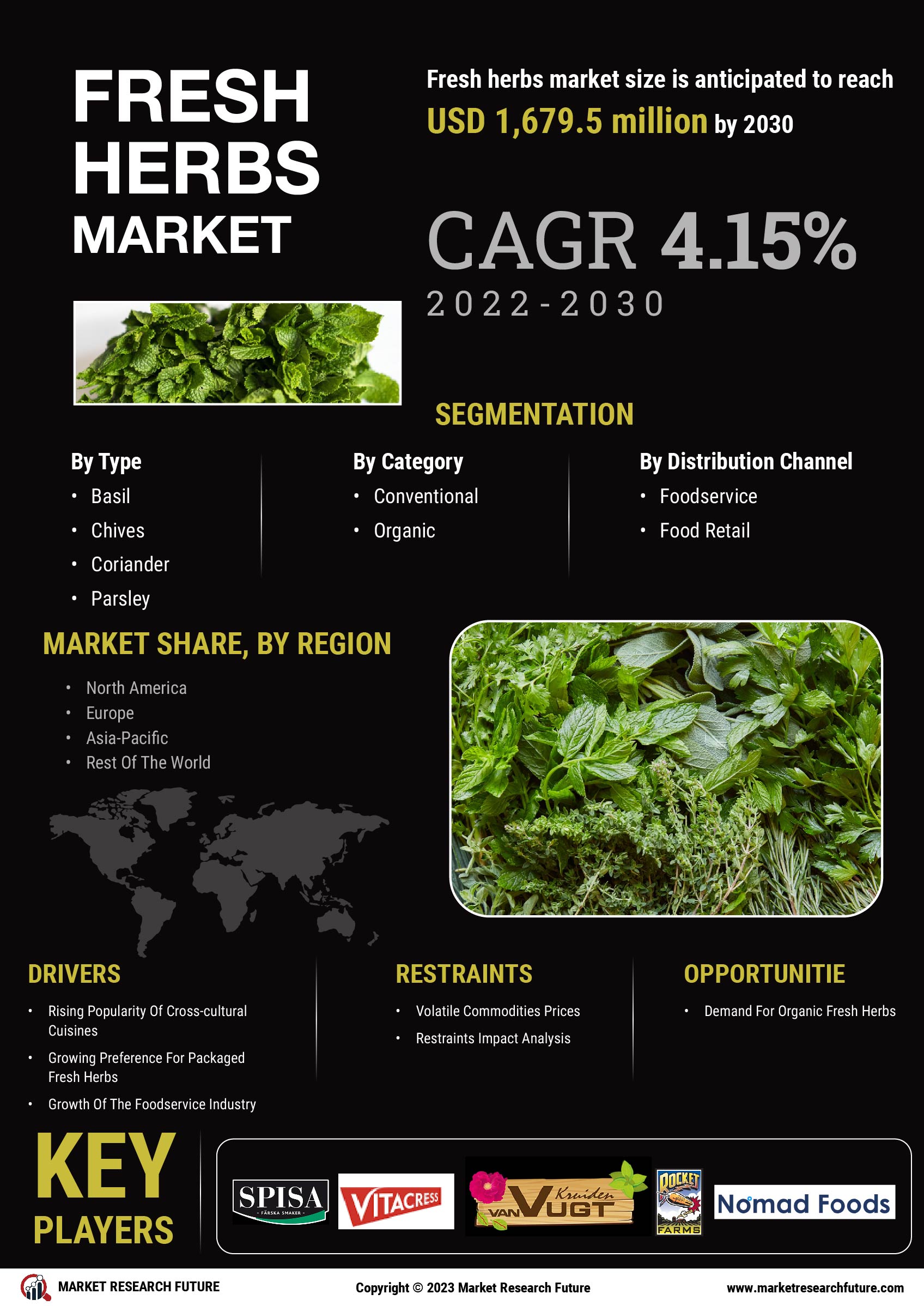

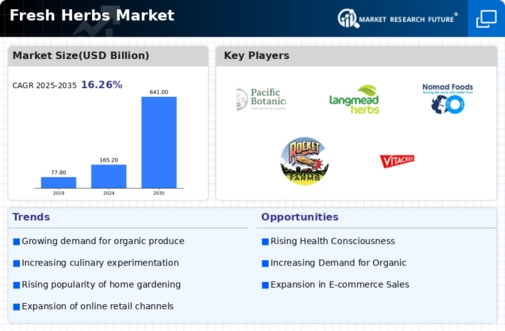
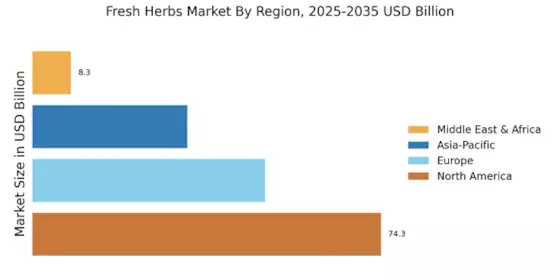


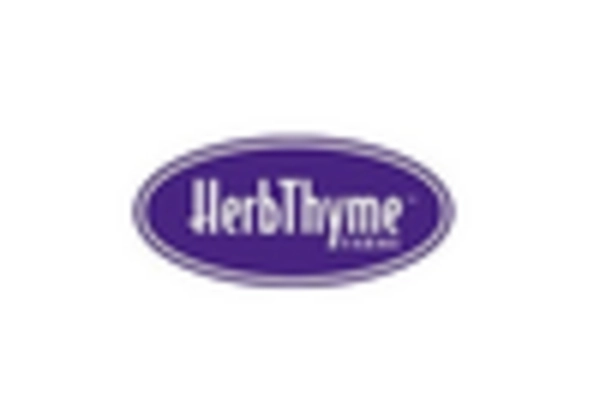

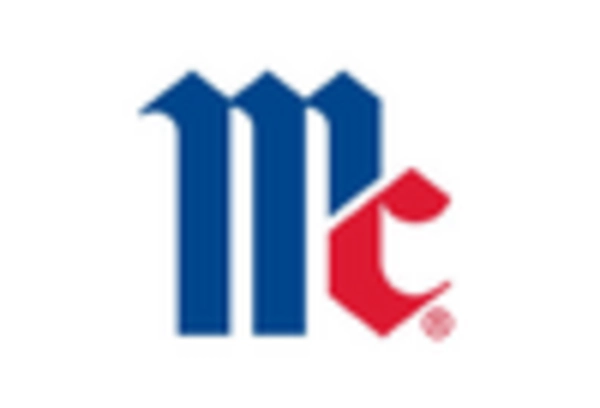
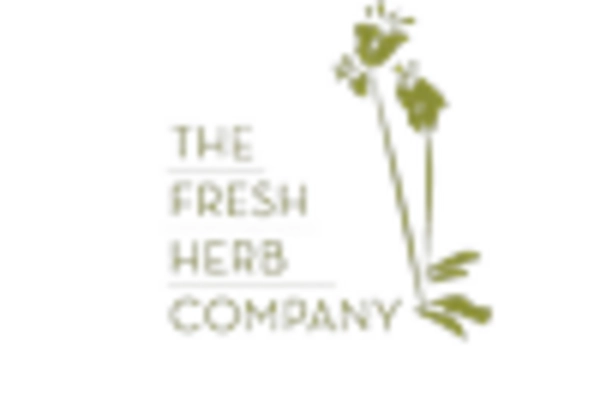








Leave a Comment